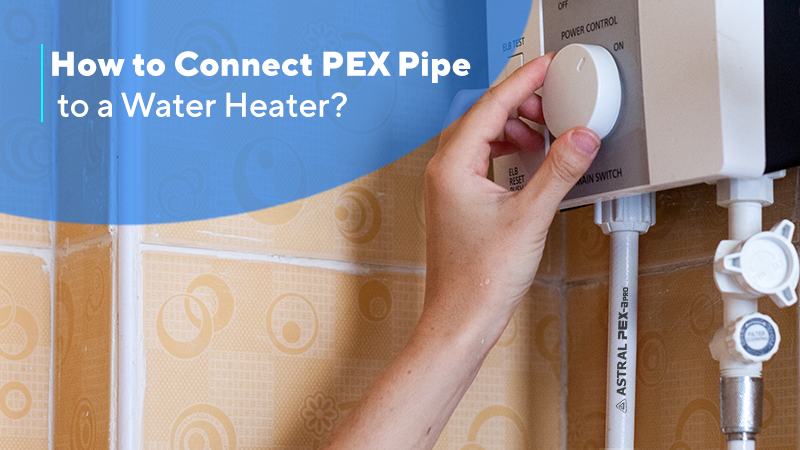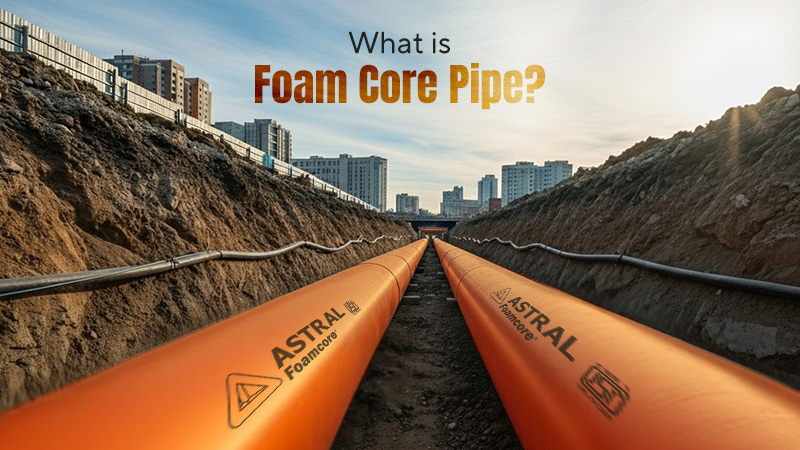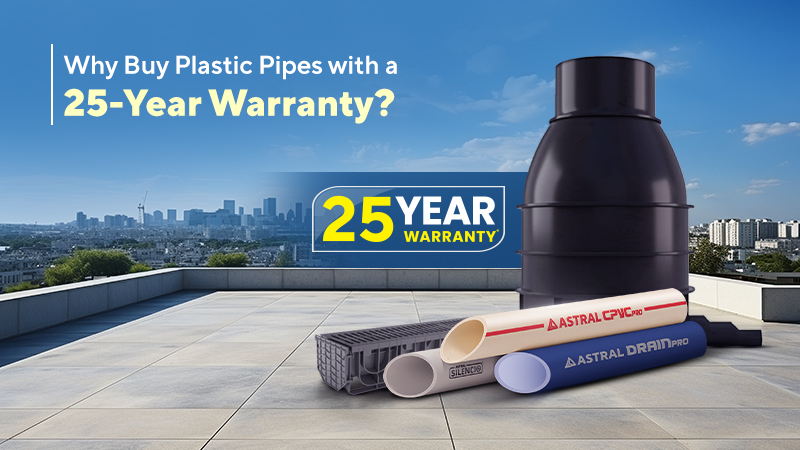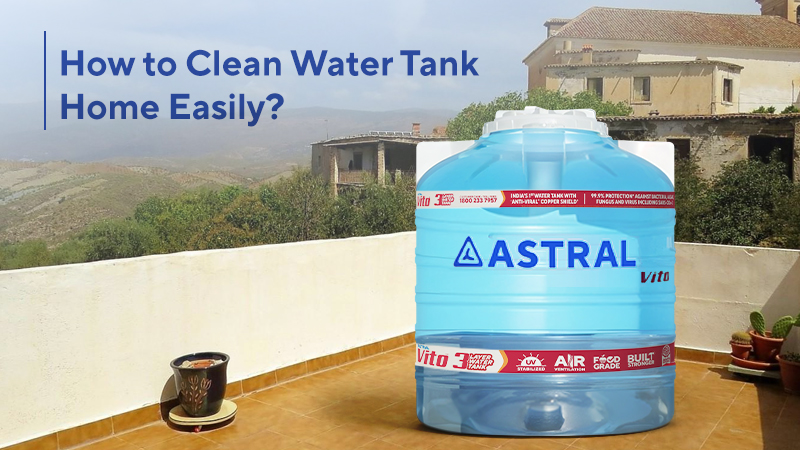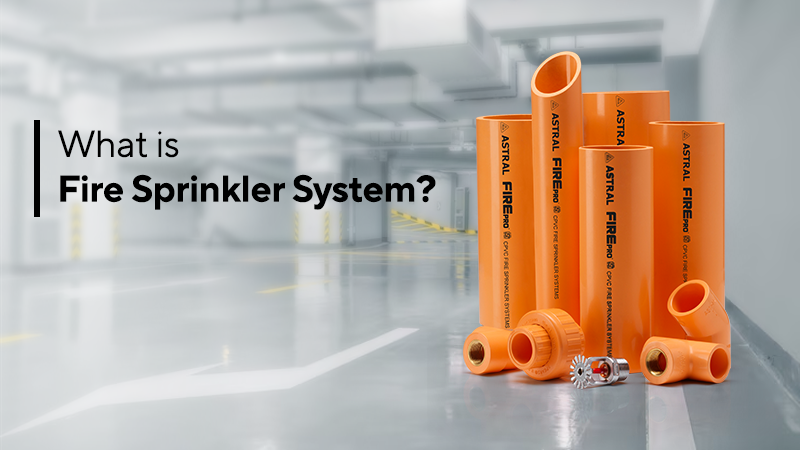
10 Aug 2025
What is Fire Sprinkler System?
Fire incidents can escalate within minutes, causing extensive property damage and endangering lives. This is where fire sprinkler system are important in containing and suppressing fires before they spread. They are designed to respond automatically, which ensures a rapid and effective firefighting mechanism that minimises risks and enhances safety.
A fire sprinkler system relies on a network of specialised pipes designed to deliver water swiftly and accurately during emergencies. The choice of fire pipes is important, as they must withstand extreme temperatures, high pressure and continuous exposure to water to ensure reliable performance. Understanding what is fire sprinkler system, and selecting the right pipes are essential for ensuring long-term safety and compliance with fire protection standards.
The Role of Fire Sprinklers in Fire Safety
Installing Fire sprinklers is a proactive approach to fire suppression, as they prevent small fires from escalating into large-scale disasters. Sprinkler systems take immediate action to contain the situation. This reduces the need for human intervention at an early stage of fire. This automatic response makes them highly effective in minimising property damage and protecting lives.
Modern building codes and safety standards mandate fire sprinkler installations in various settings, ensuring compliance with fire safety regulations. They are particularly beneficial in high-occupancy structures such as shopping centres, office buildings and residential apartments, where a quick response to fire incidents is important. With advancements in sprinkler technology, today’s systems offer improved efficiency and enhanced reliability. This makes them a preferred choice for fire safety solutions.
How Fire Sprinkler Systems Work?
Fire sprinkler systems operate based on a simple yet effective mechanism designed to detect and suppress fires efficiently. The process follows these key steps:
1. Heat Detection
Unlike smoke alarms, which detect smoke particles, fire sprinkler systems respond to heat. Each sprinkler head contains a heat-sensitive element, typically a glass bulb filled with a liquid that expands when exposed to high temperatures.
2. Activation
When the surrounding temperature reaches a predetermined threshold (usually between 57°C and 74°C), the heat-sensitive element breaks, which releases water from the sprinkler head directly onto the fire.
4. Fire Suppression
The released water helps to lower the temperature and extinguish the flames. This prevents further fire spread. Only the sprinkler heads exposed to heat will activate. This ensures water is discharged precisely where it is needed rather than the entire system activating at once.
5. System Control
Fire sprinkler systems are connected to a water supply, which may be sourced from a municipal water line, a dedicated storage tank or a fire pump. In large commercial buildings, alarm systems are often integrated to alert emergency responders when the system is activated.
This rapid and targeted response makes fire sprinkler systems one of the most effective fire safety measures available today, significantly reducing fire-related injuries and property loss.
Choose the Right Pipe for the Fire Sprinkler System
It is essential to choose the right pipes for a fire sprinkler system to ensure that the system performs reliably in the event of a fire. These pipes must handle high temperatures, pressure changes and constant water flow without failing. Astral Fire Pro is an advanced CPVC piping system designed for fire sprinkler installations. Made from Chlorinated Polyvinyl Chloride (CPVC), these pipes and fittings offer superior performance compared to traditional metal alternatives.
Astral Fire Pro is approved for use in various hazardous locations as defined by the National Fire Protection Association (NFPA) standard 13. These CPVC piping systems for fire sprinklers are certified under IS 16088 and UL. Additionally, Astral fire sprinkler pipe and fittings are certified under IS 16534. These certifications indicate that the system meets rigorous industry standards for safety and performance, particularly in fire protection applications.
Fire sprinkler systems play an essential role in fire safety, providing a reliable and automatic response to fire emergencies. You must choose reliable fire safety solutions because every second matters in an emergency.


